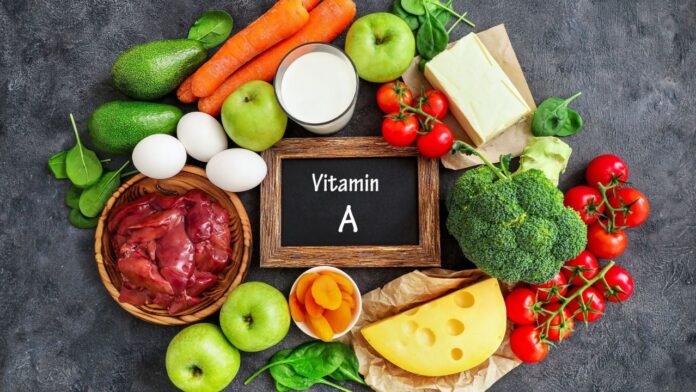In the global effort against malnutrition, Vitamin A deficiency (VAD) stands out as a significant obstacle associated with severe vision impairments and potentially preventable blindness, especially affecting children and pregnant women in low-income nations. As the primary cause of avoidable blindness in children, VAD highlights the pressing need for improved nutritional initiatives and awareness campaigns to protect eye health and overall well-being.
The World Health Organization estimates that annually, 250,000 to 500,000 children lose their sight due to Vitamin A deficiency, with most residing in developing regions where access to sufficient nutrition is often lacking. This deficiency can result in xerophthalmia, a condition that can lead to irreversible blindness if not promptly treated, causing damage to the cornea and conjunctiva.
Health experts recommend the consumption of Vitamin A-rich foods like dairy, eggs, and yellow or orange fruits and vegetables such as carrots and sweet potatoes, along with green, leafy vegetables. Additionally, fortifying staple foods with Vitamin A and strategically distributing supplements are recognized as effective, cost-efficient methods to combat VAD and its detrimental effects on vision, particularly in children. Government and international efforts to integrate Vitamin A supplementation include linking it with routine immunization programs and maternal health services.
There is a growing necessity for investment in public health campaigns to raise awareness about the importance of a balanced diet and the crucial role of Vitamin A in preventing blindness. The fight against Vitamin A deficiency underscores the broader issue of malnutrition and the necessity for a comprehensive approach to ensure vulnerable populations have access to essential nutrients. By prioritizing nutritional needs and implementing public health interventions, the global community can significantly reduce blindness caused by VAD and enhance overall health outcomes.
Vitamin A, a fat-soluble vitamin crucial for various human functions such as vision, immune system function, and skin health, is an indispensable component of rhodopsin, a pigment found in the retina’s rod cells responsible for low-light vision. It also helps maintain the eye’s surface tissues, preventing conditions like dry eye syndrome. This nutrient is vital for the health and function of the eye, including the cornea, retina, and photoreceptor cells. Insufficient intake of vitamin A compromises the body’s ability to produce pigments necessary for night vision and color perception, ultimately leading to xerophthalmia, characterized by dry eyes, corneal ulcers, and potentially irreversible blindness.
To address vitamin A insufficiency, a comprehensive approach is necessary, including dietary diversification, staple food fortification, and targeted supplementation programs. Encouraging the consumption of vitamin A-rich foods like leafy green vegetables, carrots, sweet potatoes, and dairy products is essential to ensure adequate intake. Additionally, supplementing commonly consumed foods with vitamin A, such as wheat flour or cooking oil, can enhance bioavailability and reach susceptible populations. Supplementation programs, especially for children and pregnant women, can aid in preventing and treating vitamin A deficiency, reducing the risk of blindness and improving overall eye health.

 हिंदी
हिंदी






